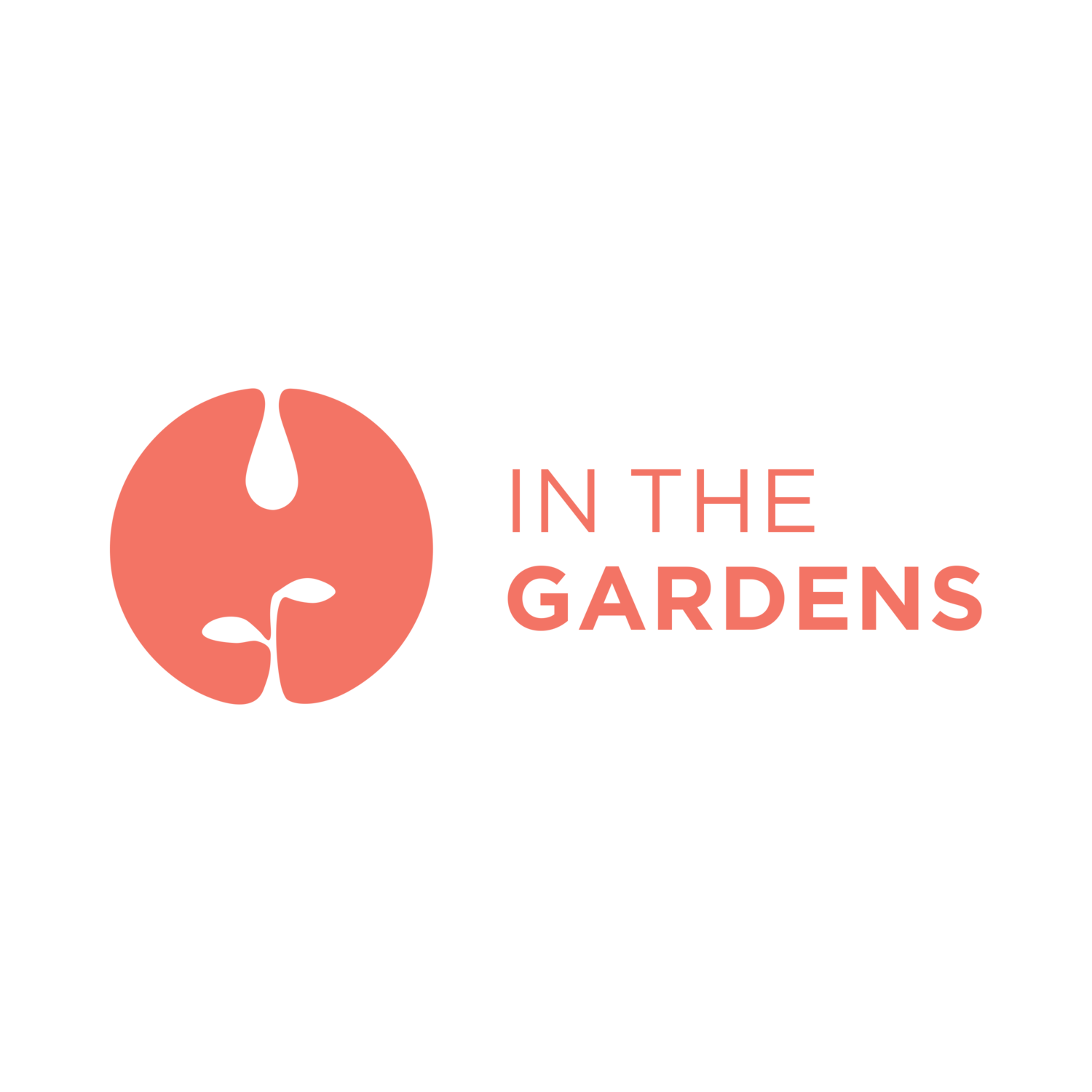A 2020 Vision: Green Up
Rosemary Blooming in North Carolina – January 12
One of the subjects In the Gardens has posted on from time to time involves the changes occurring in our climate and our natural world. This is a topic that is becoming more front and center for us as we hear more about rising temperatures, expanding natural disasters, extinction of species both plant and animal, toxicity caused by chemical runoff and industrial irresponsibility, and loss of so much of the arboreal cover that accounts for our oxygen. Because of our concern for the planet and for all the life that lives within it – including all of our fellow humans around the globe – we have decided to add to In the Garden’s work the focus on expanding our awareness – and with that, exploring actions we can take – to address and hopefully mitigate some of the climate issues facing us.
While this may seem like an insurmountable problem, we have more options available to us than we might imagine. For us at In the Gardens, one of our main responses to these issues is to plant. More and more gardens in more and more places is our vision. This includes designing food forests and permaculture landscapes that re-create ecosystems. We are always stunned by the power of gardens and edible landscapes to change our hearts and our relationships with one another.
In our excitement, we are nonetheless often faced with yet another example of the changes in our climate. This blog post reflects the confused response of some of our local North Carolina plants to unusually warm temperatures we had in early January. What did they do? They bloomed.
Forsythia this year, on January 12
I was struck by the full bursting forth of a local forsythia bush and rosemary plant, both in a school garden I pass by each week. The date was January 12. I did some research on the “normal” blooming season for each of these plants. Forsythia should bloom early to mid-March, according to one website. Another site said blooming begins in mid-February. Neither of these sites had dates on them, but I am guessing that the mid-March estimate used to be the common date, whereas warming climates have pushed that back to mid-February. I took photos of forsythia blooming last year on March 3. That’s almost a full two months later than these blossoms. To be singing their bright yellow song on January 12 means the buds started to pop at least a good week earlier. Beautiful. But nuts.
Forsythia Last Year, on March 3
In Southern or Southern Central California (Los Angeles and Santa Barbara, respectively), where I lived for many years, rosemary is planted as a border, as a shrub, and sometimes even left to grow as a bush to up to ten feet or higher. Because the temperatures are so mild, the plants don’t freeze and will overwinter. Their smell is luscious any time of year. All you need to do is run your hand over the spiky leaves to get a wondrous scent. In that mild climate of zone 10, we expect to see rosemary, as well as most other flowers, blooming in the winter. Winter temperatures in the 50s and 60s make this plant very happy and set it to flower for months on end.
But not in zone 7, in the North Carolina Triangle. The best I could find on rosemary blooming dates for this area is “spring through summer.” March? April? Early May? No clarity. No matter how you cut it though, early to mid January is definitely not spring. Or shouldn’t be.
To top it off, this morning I woke up to temperatures in the mid 20s. Today’s high will be 39. What a contrast from last week! Will their flowers have had a chance to be pollinated? If so, there certainly won’t be time for them to bring forth seed. Will these plants go back into dormancy? If so, it is doubtful that they will cultivate enough energy to bloom again this season. The hope is that they are healthy and strong enough to survive the weather’s inconsistencies, and make it through to next year, when they will yet again have the chance to show their blooms and create seeds.
What can we do? I’d like to suggest that we take one action. For me, the go-to is most often around planting something of my own. For every loss of a plant or deterioration of soil, I put something back that enhances landscapes, provides food for pollinators and remediates soil.
It’s January, which means in most of our climes it’s too soon to plant. But it is the perfect time to plan next season’s garden. Seed catalogues have been out since December, and websites are boasting their plants for the spring. What might you like to plant? Flowers? Vegetables? A tree? Now is the time to ready yourself and your garden for something that can give back even a small bit to the delicate balance that confronts our planet right now. We may not have a say in the unfolding of this forsythia and rosemary plant this year, but we can provide more opportunities for plants, flowers, trees and foods to be available to ourselves and the creatures of our planet. Let’s collectively green up!
Blessings,
Rabbi Robin Damsky





